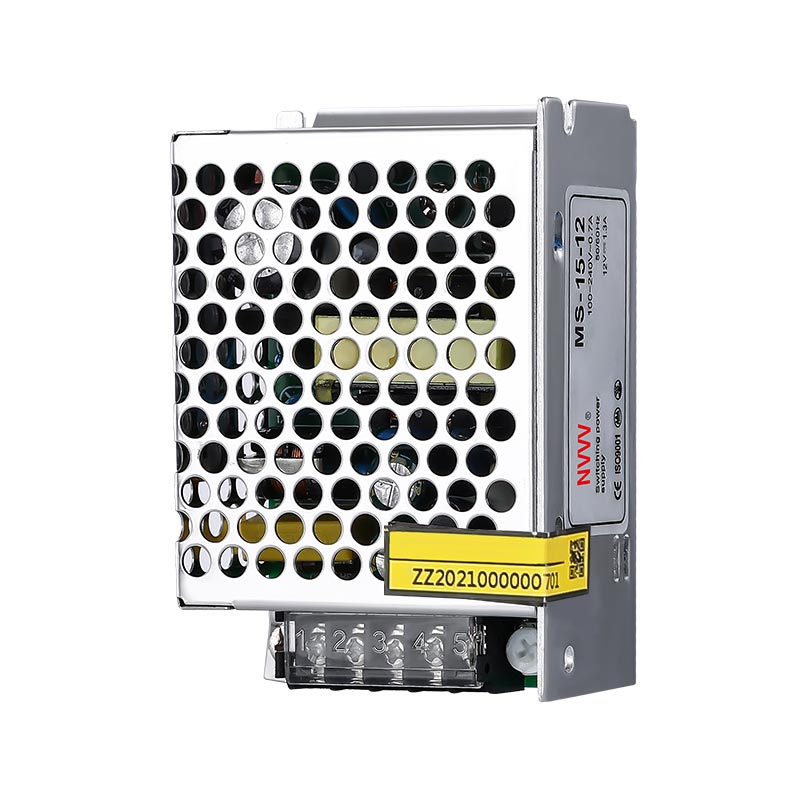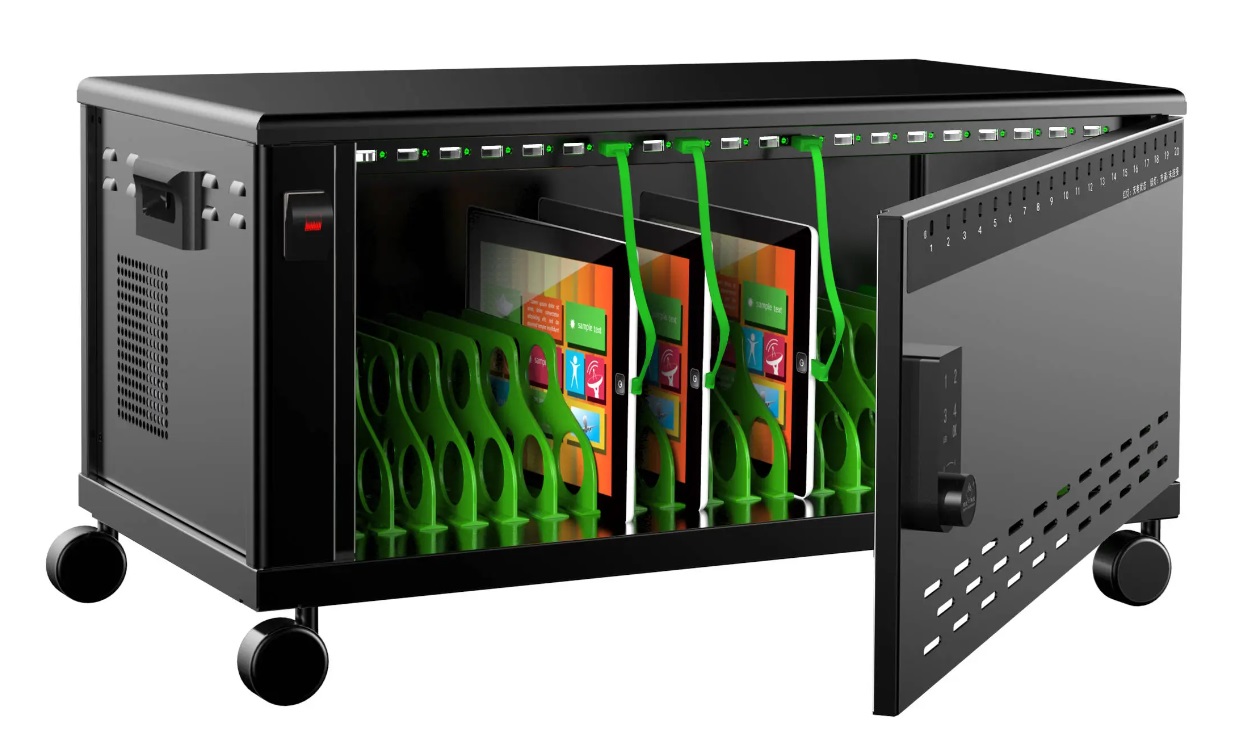Does SMPS convert AC to DC?——An overview
Switched Mode Power Supply (SMPS), as an efficient power conversion device, is widely used in various electronic equipment and industrial equipment. One of its most significant features is its ability to convert alternating current (AC) into direct current (DC). This feature makes SMPS one of the cores of modern power conversion technology. So, how does SMPS achieve this conversion? Why is this conversion so important? In this article, we will discuss these issues in detail and explore in depth the working principles and practical applications of SMPS through several subheadings.
1. What is the working principle of switching power supply? How does it convert alternating current to direct current?
To understand how SMPS converts AC power to DC power, you first need to understand its basic working principles. Switching power supplies achieve efficient power conversion through a series of circuits and components, including rectifier circuits, filters, high-frequency switches, and transformers.
Rectification and filtering: convert alternating current into direct current
The first step in the switching power supply is to convert the input alternating current (AC) into direct current (DC) through a rectifier circuit. Rectification is achieved through components such as diodes. The working principle of the rectification circuit is to change the alternating AC voltage into a voltage that flows in one direction. During this process, the waveform of the alternating current is cut off, resulting in a direct current. However, the rectified DC is not stable and usually has large ripples.
To eliminate these ripples, SMPS uses filters to smooth the current output into a stable DC current. The formula for this process can be expressed as:

Among them, VDC is the DC voltage obtained after rectification, and the VAC peak value is the peak voltage of the alternating current.
High-frequency switch: achieving precise control of voltage
Next, the SMPS further regulates voltage and current through high-frequency switching circuits. This part is the advantage of switching power supply compared with traditional linear power supply. The core of the high-frequency switching circuit is to convert DC power into high-frequency alternating current again. By adjusting the switching frequency and duty cycle, SMPS can accurately control the output voltage and current.
The switching frequency is usually between tens of kilohertz and hundreds of kilohertz. Through this high-frequency switching, the power transfer efficiency is greatly improved, and the generation of heat is also reduced, allowing SMPS to be used in smaller devices. Achieve high power output within the volume.
Voltage transformation and feedback control: ensuring stable output
After high-frequency switching, the electrical energy is converted into voltage through a small transformer. The role of a transformer is to reduce the voltage to the appropriate level based on demand, such as converting from 230V AC to 12V or 24V DC suitable for electronic equipment. Afterwards, the feedback control circuit of the switching power supply monitors the output voltage and dynamically adjusts it according to load changes to ensure that the output voltage is always stable at the set value.
Through these steps, the switching mode power supply can efficiently convert the input AC power into the stable DC power required for output to meet the power needs of various devices.
2. Why is SMPS so important in modern devices?
With the development of science and technology, various electronic equipment, household appliances and industrial machines have increasingly higher requirements for power supply. SMPS, as an efficient solution for power supply, has gradually become the mainstream of the market. Compared with traditional linear power supplies, switched mode power supply has many advantages, which is why it is widely adopted.
High-efficiency conversion
One of the biggest advantages of SMPS is its efficient energy conversion capability. In traditional linear power supplies, voltage conversion is achieved by regulating resistors or transformers, which results in a large amount of energy loss, especially when handling high-power loads, and a large amount of energy is dissipated as heat. SMPS uses high-frequency switching technology to greatly improve energy conversion efficiency while reducing heat generation.
Typical efficiency of SMPS is usually between 80% and 95%, which means that very little energy is wasted. For devices that need to run for long periods of time, this not only reduces power consumption, but also reduces stress on the power supply system.
Compactness and lightweight design
Since SMPS achieves voltage conversion through high-frequency operation, the size of its inductor and transformer can be significantly reduced. Therefore, SMPS is usually smaller and lighter than traditional linear power supplies, making it ideal for devices that have strict volume and weight requirements, such as laptops, 3D printers, embroidery machines, etc.
For example, a modern 3D printer usually requires a stable 24V DC power supply. The use of SMPS can ensure the normal operation of the equipment while designing the power supply unit to be more compact, which significantly improves the portability of the equipment.
Flexibility and adjustability
The flexibility of SMPS is also reflected in its adjustability. By adjusting the switching frequency and duty cycle, SMPS can dynamically adjust the output voltage and current according to different load requirements. This is particularly important for equipment with large load variations. For example, the motor of a watering machine system has different power requirements during startup and operation. SMPS can quickly adjust the output to ensure the stability of the system.
3. What are the common application fields of SMPS?
Because SMPS has the characteristics of high efficiency, stability and flexibility, it is widely used in various fields, from consumer electronics to industrial equipment to professional medical equipment, SMPS is almost everywhere. The following are application examples of SMPS in several typical fields.
Applications in 3D printers
3D printers require precise power control to ensure that the print head and heated bed can maintain a stable temperature. At the same time, the movement of the stepper motor also relies on precise voltage and current. The high-efficiency conversion and compactness of SMPS make it an ideal power solution for 3D printers.
For example, common 3D printers usually require 24V DC power for power supply, and SMPS can efficiently convert household AC power to 24V DC while maintaining the compactness of the device. By using SMPS, 3D printers are able to maintain stable performance over long periods of time.
Application in embroidery machines
Modern embroidery machine is a high-precision automated equipment widely used in garment production and embroidery industry. Multiple motors, drives and control systems in embroidery machines all rely on stable DC power supply, and SMPS can provide stable power to ensure that every stitch of embroidery is accurate.
The flexibility of SMPS enables it to dynamically adjust the output voltage and current according to the load requirements of the embroidery machine, thereby avoiding equipment failures caused by power supply fluctuations. In addition, the multiple protection functions of SMPS, such as overvoltage protection, short circuit protection, etc., also greatly improve the safety of the equipment.
School network laptop charging cabinet
In educational environments, more and more schools are using laptops as teaching tools, and providing safe, unified charging solutions for these devices has become key. School network laptop charging cabinets usually need to provide stable power for multiple laptops at the same time. SMPS can provide stable DC power according to charging needs to ensure that each device can be charged quickly and safely.
Through the application of SMPS, the school network laptop charging cabinet can effectively reduce energy consumption, while ensuring the safe operation of the equipment through multiple protection functions.
Application in watering machines
In agricultural production, automated irrigation systems are becoming more and more popular, and SMPS plays an important role in these systems. The water pump and motor of the watering machine require a stable power supply to maintain continuous operation. SMPS can reduce energy loss through efficient power conversion during the power supply process, ensuring that the watering system operates stably under high load.
4. What is the future development trend of SMPS?
With the continuous advancement of science and technology, the application scenarios of SMPS will become more and more extensive, and its technology will also continue to innovate and develop. In the future, with the continuous improvement of energy efficiency requirements and the emergence of more new electronic equipment, switch mode power supply is expected to be further improved in many aspects.
Higher energy efficiency
Although the energy efficiency of SMPS is already very high, with the introduction of new materials and new technologies in the future, the energy efficiency of SMPS is expected to be further improved. For example, the application of wide-bandgap semiconductor materials such as gallium nitride (GaN) and silicon carbide (SiC) will enable higher switching frequencies and lower losses, thereby further improving energy conversion efficiency.
Intelligence and digital control
Future SMPS will be more intelligent. Through digital control technology, SMPS can automatically adjust its working status according to different application scenarios and load requirements, thereby achieving higher energy efficiency. For example, in some IoT devices, SMPS can communicate with the control system in real time to dynamically adjust the output voltage and current to respond to transient load changes.
Miniaturization and integration
As electronic devices become smaller and smaller, the volume requirements for power supplies are also getting higher and higher. Future SMPS will be more miniaturized and integrated, and suitable for more complex and sophisticated electronic equipment. At the same time, with the advancement of high-efficiency materials and advanced manufacturing processes, SMPS will be able to provide higher power density in smaller packages.
Conclusion
Switching power supply (SMPS) can convert alternating current into stable direct current through its efficient energy conversion technology, and is widely used in many fields such as 3D printers, embroidery machines, school network laptop charging cabinets, and watering machines. Its efficiency, flexibility and reliability make SMPS the first choice for power supply of modern electronic equipment. With the advancement of technology, SMPS will usher in greater development in terms of energy efficiency, intelligence and miniaturization, becoming an important driving force in the power supply field of future electronic equipment.











